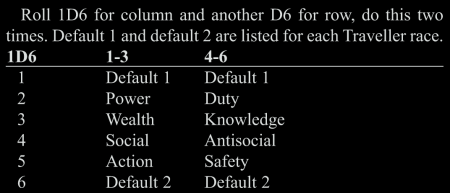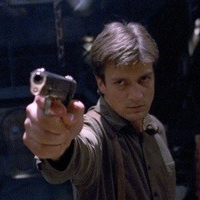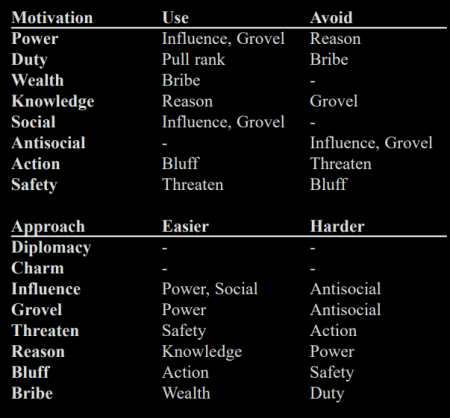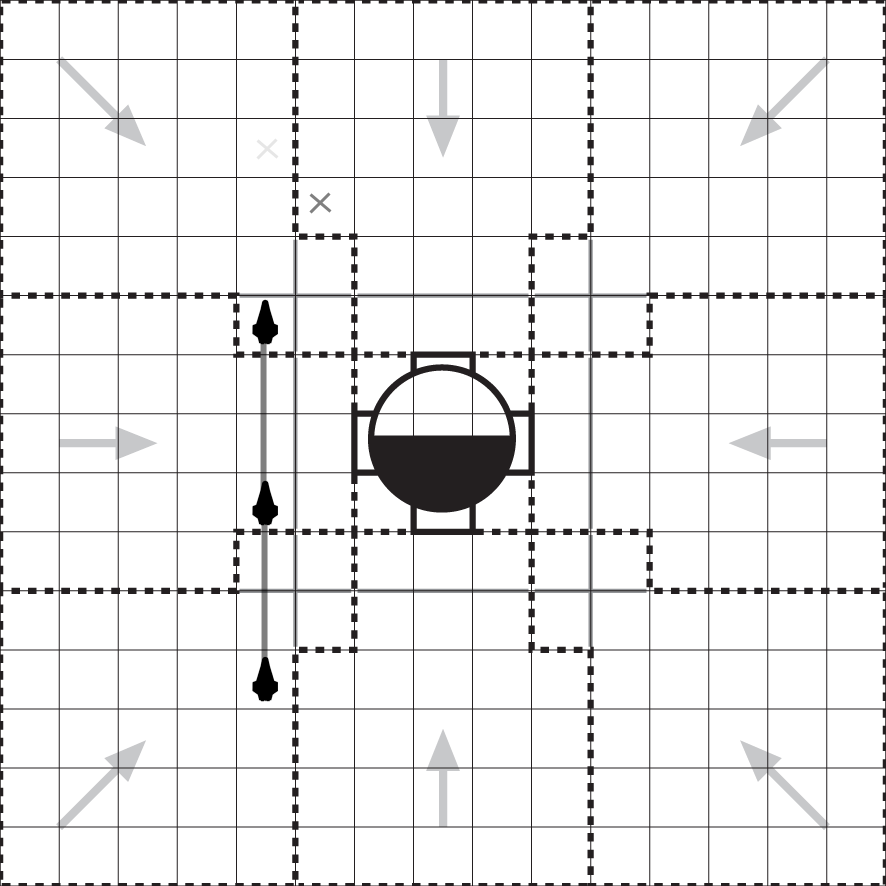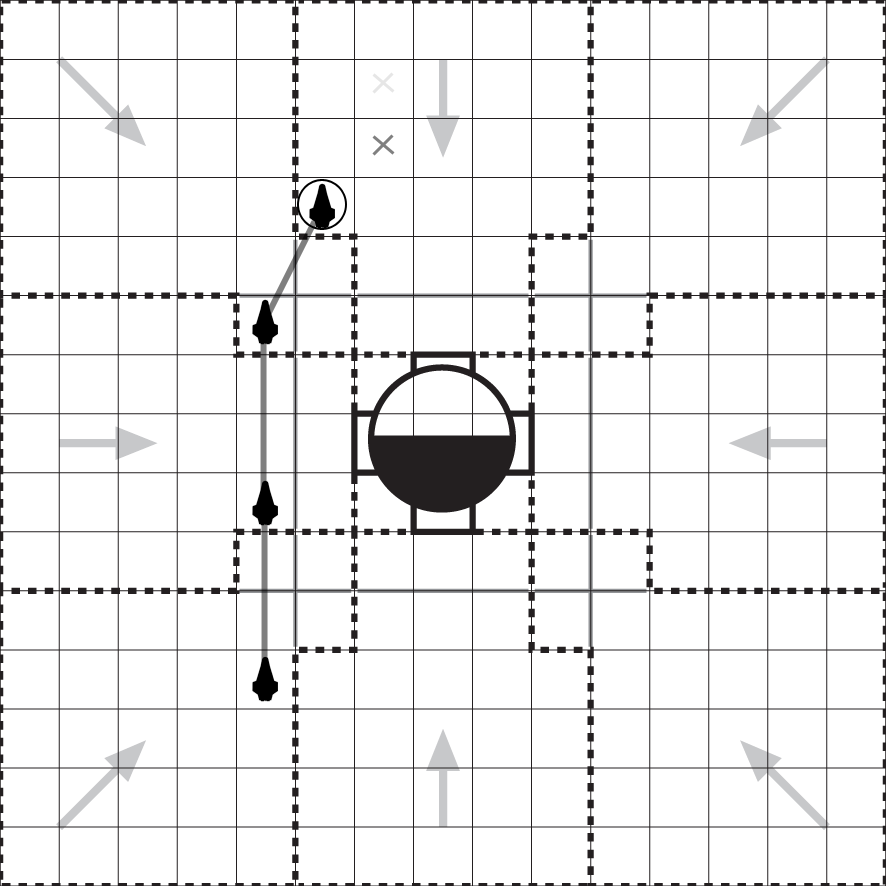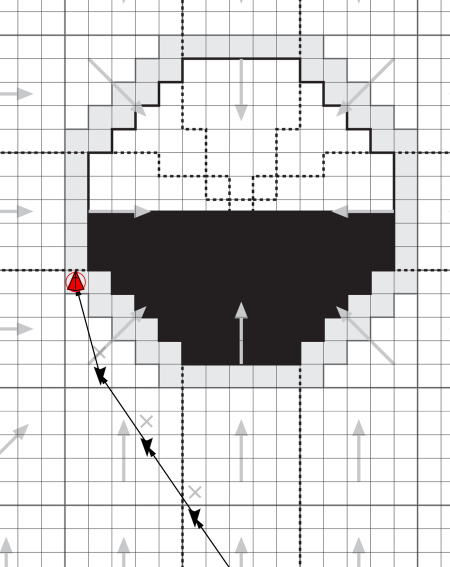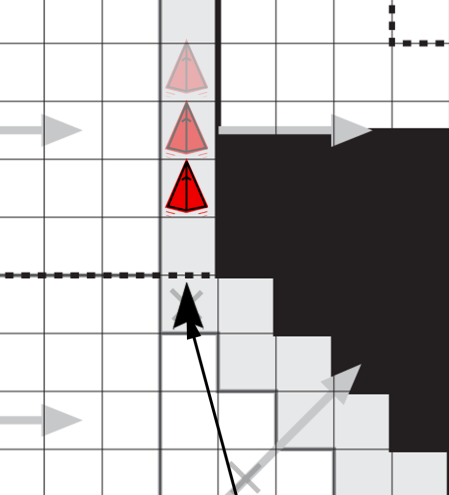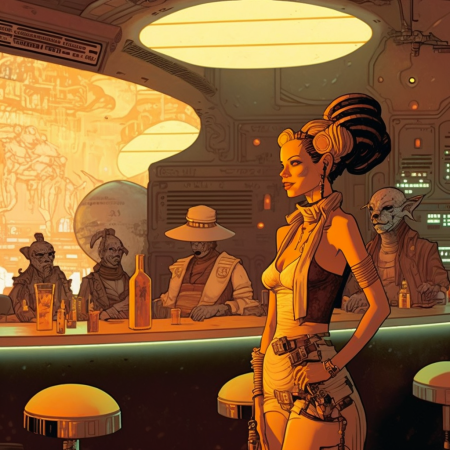
Men are so simple of mind, and so much dominated by their immediate needs, that a deceitful man will always find plenty who are ready to be deceived.
Niccolò Machiavelli
This system is here to help the referee in playing NPCs with different drives and personalities and to regulate how that will affect interacting. This system also help by forcing the referee away from cliches such as the 100% bribeable customs inspectors, the always fearless guards etc, try to accept the results as rolled except when the story need a particular personality.
There are eight different motivations Power, Duty, Wealth, Knowledge, Social, Antisocial, Action and Safety. Each motivation will have a description and then some notes for the referee on how to play them, giving of hints on their motivation can be great fun as the improvised theater aspect of role playing will then merge with the mechanics. “He’s always talking about what everything cost and how much he earns, maybe we should try to bribe him” meaning the players noted that the referee played him talking about prices and wealth indicating he has Wealth as motivation and is thus easier to bribe.
Power
The person is interested in power itself and control over others, the opposite of Duty. This power does not have to be political, it can be power over a company, family, crime syndicate, biker club, military etc. They find rational discussions hard and rarely change their view.
They use the words ”me” and ”I” a lot and makes sure everybody knows their name, they tend to interrupt others and want their plan or idea the one to be used.
Use Influence or Grovel as approach to to improve their reaction, avoid Reason as approach, one could say that Power motivated are always unreasonable.
Duty
The person has sworn to uphold his duty at all time, even if
the risk of getting caught is minimal. Duty can be towards the family, company, nation, army, faith or his sports team etc. They like to go by the book, follow rules and doctrines and dislike common sense or compromises.
They tend to have everything organized and neat, they speak of ”we” and ”us” of the organization and rarely have a sense of humor.
The only approach that work well with Duty is Pull rank but then you need to outrank in the organization they consider themselves dutybound to. Bribery is a particularly bad approach for those with Duty.
Wealth
Interested in getting rich and amassing expensive things, they are also likely to haggle for a better price whenever they can.They like if you are impressed by their things and how expensive they are, have a hard time understanding that things can have more value than money such as life, love, liberty.
Wealth persons always tell you how much they make and what everything costs, they always argue for a better price.
The best approach is Bribe of course but there are no bad approaches really.
Knowledge
Knowledge people are really into something, often science but it could be anything really; flying a ship, the limits of their body’s performance, model railroading etc. They are good at constructive criticism if you know their subject.
They always talk about their interest and have a hard time grasping that others may not share their enthusiasm.
Approach them with Reason and avoid Grovel at all cost.
Social
Interested in relations, status, fame and worry about what others think of them. They like to gossip about celebrities, relatives and the like and talk a lot about their family and friends. They are generally easy to befriend, more so than any other motivation.
They ask how your partner, kids, family are and they know all their names. They also tend to gossip about celebrities and famous people.
Approach them with Influence or Grovel but there isn’t really any bad approaches.
Antisocial
Strongly relate to their own group and dislike or even hate
everyone else. Tend to think the opposite of the general consensus, often playing the devils advocate just for fun, obstinate. They also have a tendency towards fringe theories. They are generally hard to befriend, less friendly than any other motivation.
They badmouth others all the time and come up with conspiracy theories about everything. Hostile to new acquaintances, hard to befriend.
There are no particularly good approaches, avoid Grovel, you may only use Influence if the real SOC is equal.
Action
Likes physical hardship and danger. Are uninterested in careful planning, wants to go ahead and just do it. Have a hard time waiting, standing still or sitting for a long time. They love to compete at everything and often enjoy gambling.
They always have some wound or scrape they are healing from and like to talk about dangerous situations they have experienced, often in a humorous tone.
Bluff is a good approach as they tend to not think things through, avoid threatening them as their own safety is less important to them.
Safety
They fear strenuous activities, risk of damage or disease. Always wear safety belt, helmet, body armor, have a rescue-ball nearby etc. They have a hard time making a decisions, wants to got through every step again. Dislike competitions and gambling, are often religious in one way or another.
Always talk about how everything is getting worse. They often talk about various ailments they suffer, they are boring to be around.
Threaten is a good approach as they fear pain and danger more than others do. Avoid Bluff as these tend to think things through and carefully examine what you say.
Primary and secondary motivations
Each NPC will have two motivations, primary and secondary motivations. If both motivations are the same the NPC should be played as extreme in some way, possibly mad or having an addiction associated with the motivation. If the motivations are different they may conflict in certain situations, especially with pairs like Power and Duty ,Wealth and Knowledge, Social and Antisocial, Action and Safety, the primary motivation will mostly prevail but sometimes the secondary win through, play these as complicated neurotic characters.
Default motivations
Each Traveller race have two default motivations that are used when default 1 and default 2 show up on the random motivations table and also are the ones to use if the referee don’t have time to generate particulars.
- Solomani or Vilani human Wealth Social
- Zhodani human Duty Social
- Vargr (can’t have Duty) Power Action
- Aslan male (can’t have Wealth) Duty Action
- Aslan female Wealth Duty
- Kkree Duty Power
- Hiver Knowledge Duty
Some examples of motivations
I’ll give you some examples of famous characters, real or fictitious, and my reasoning for why I gave them the motivations I did. You may not agree with me on my assessments but I still feel they may help you understand how motivations work.
Malcolm Reynolds – Action, Antisocial
Malcolm Reynolds is a man of action. He dislikes being too cautious and rarely things his actions through. He is also unfazed by threats, including deadly ones.
Mal wants to be the outcast, the rebellious, the devils advocate and always in opposition. In the Serenity movie his stubbornness almost make his crew fall apart. When the operative meet Mal at the companion retreat he neatly sums up his Antisocial motivation “I offer money you play the man of honor and take umbrage, I ask you to do what is right and you play the brigand…”
Inara Serra – Duty, Social
Friendship and being liked by others is very important to Inara, especially the crew of Serenity and of course in particular captain Malcolm Reynolds whom she loves despite his rude ways and complete inability to express his feelings for her.
Inara is trained as a companion since the age of 12, and she takes great pride in being a member of this guild. Any insults towards the guild is treated as an insult to her and it is quite clear that she would choose the guild of companions over the Serenity if having to make a choice. In fact, in the film Inara has left Serenity as their shenanigans interfered too much with her work, and Malcolm never ever manning up to tell her what he feels probably didn’t help.
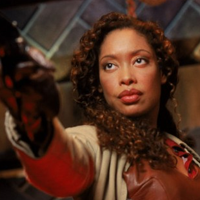
Zoe Washburne – Social, Duty
Zoe likes the crew of the Serenity, she loves her husband too, she also have a very strong feeling of duty towards the brown coats of her war days in general and Malcolm Reynolds in particular, her superior during the war one of the few that survived it.
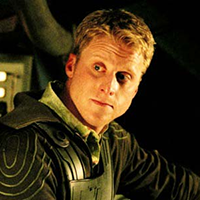
Hoban “Wash” Washburne – Duty, Safety
Wash loves his wife and would do anything for her, Zoe is the boss here, simple as that. Aside from this Wash is the voice of reason in the crew, always arguing for a non violent or less dangerous way of solving things. Eventually he’ll agree to go along only because Zoe agreed to the plan.

Jayne Cobb – Action, Wealth
Well, Jayne love his guns, and knives, and grenades, don’t forget his grenades. He never thinks things through and tend to act in the moment. He also seems to like money a lot, probably to buy some more guns. Here is a revealing discussion between Mal and Jayne:
Mal “Why didn’t you turn on me?”
Jayne “Money wasn’t good enough.”
Mal “What happens when it is?”
Jayne “Well, that will be an interesting day.”.
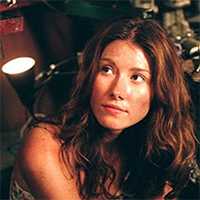
Kaylee Frye – Social, Knowledge
Kaylee loves flying machines and their engines, being a ships engineer is what she has dreamt about since she was small. But, she loves and cares for the crew of the Serenity even more and is also quite sensitive to what others think of her, especially the upper classes.
How to approach the Serenity crew then
Malcolm Reynolds – Action, Antisocial Being a man of action the best way of having Mal do your bidding is to bluff him. He rarely thinks a plan through and likes to go ahead right away. Avoid trying to impress him with your social status and don’t grovel either, he just hates these approaches being antisocial.
Inara Serra – Duty, Social Inara’s sworn duty is towards being a companion. If you are a higher ranking member of the sisterhood you can pull rank to make her do your bidding, if not your best bet would be use higher social class to influence her.
Zoe Washburne – Social, Duty
Two examples of Power as motivation
As none of the Serenity crew had Power as motivations I thought I should give you two very different persons who both had Power as prime motivation, Steve Jobs and Adolf Hitler. Yes, these two people are very different in almost every way but showcasing these two as examples is to teach the referee that motivations contain no judgement, no good vs evil or anything like that, they are merely there to guide the referee in what makes them tick.

Steve Jobs – Power, Knowledge
Steve was a control freak if ever there was one. Every little detail had to be to his spec or you were out. He was however not interested in power for its own sake but to make his vision real, to make the next coolest thing, thinking beyond the box and not bothering with the bottom line. He famously refused a salary when coming back to Apple, he was forced to have one, $1 a year in order to be allowed a parking space supposedly, so he didn’t create iPhones to get rich (he did get fabulously rich though, as the board of directors poured rewards on him for getting shareholders rich).
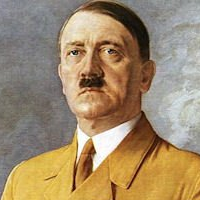
Adolf Hitler – Power, Antisocial
Adolf Hitler was obsessed with power and control, to the detriment of the war effort some argue, as Hitler clearly wasn’t very good at warfare. Hitler was very charismatic and many in the third reich, and abroad, adored him, yet he didn’t have many actual true friends. His inner circle was constantly jockeying for the position of favorite, a situation that suited Hitler well.
Every living being is an engine geared to the wheelwork of the universe. Though seemingly affected only by its immediate surrounding, the sphere of external influence extends to infinite distance.
Nikolai Tesla
